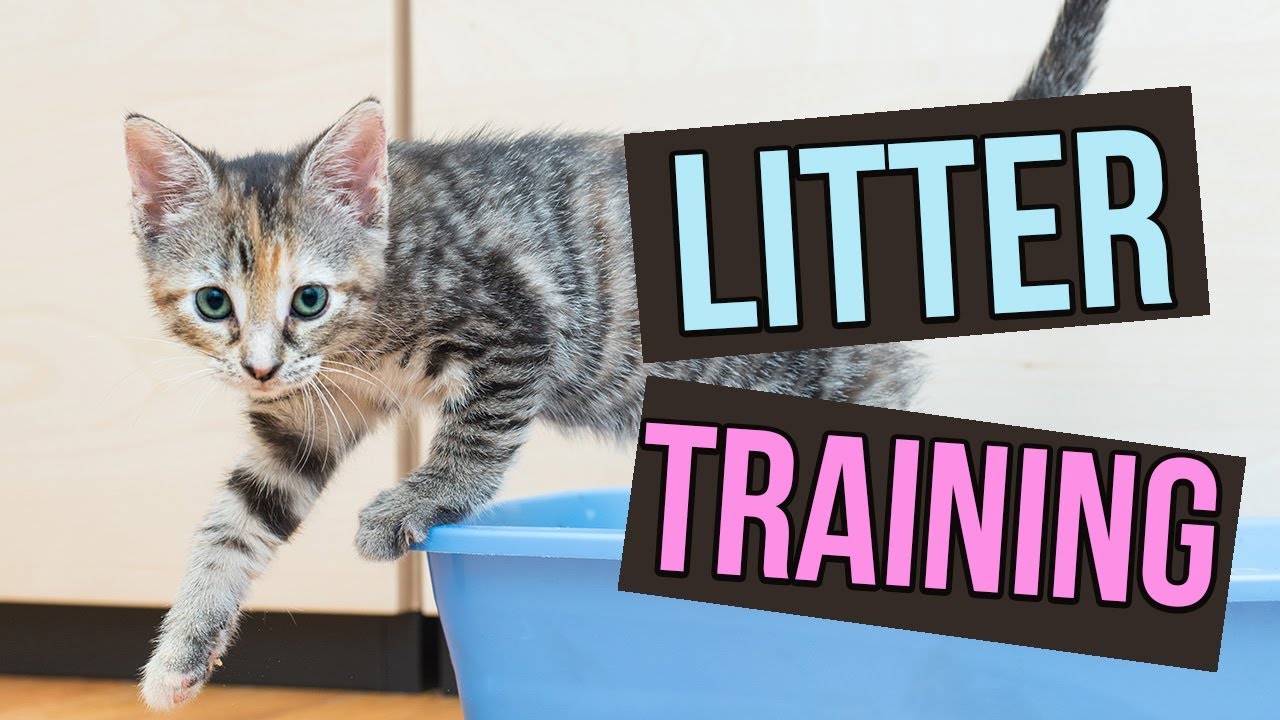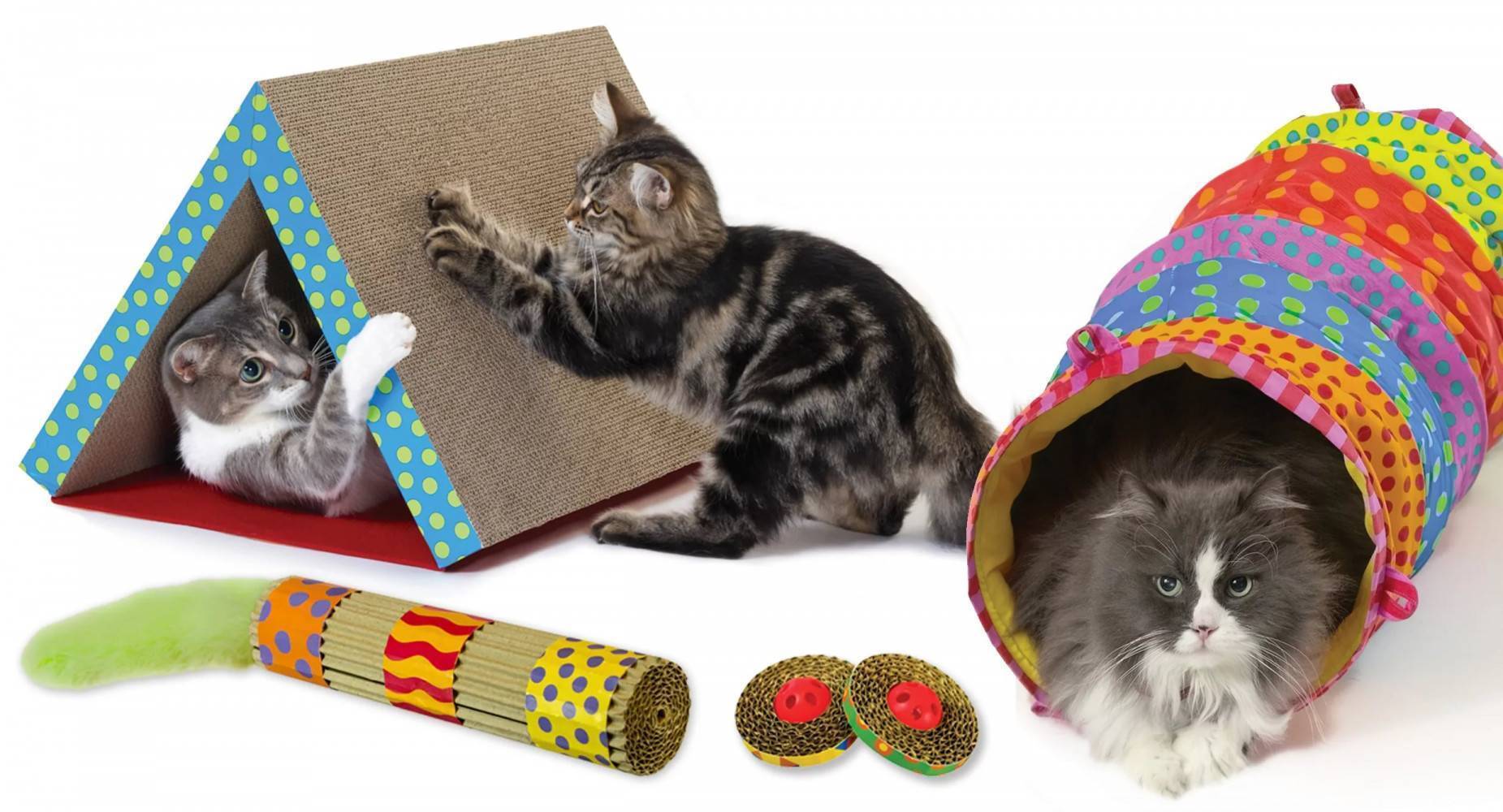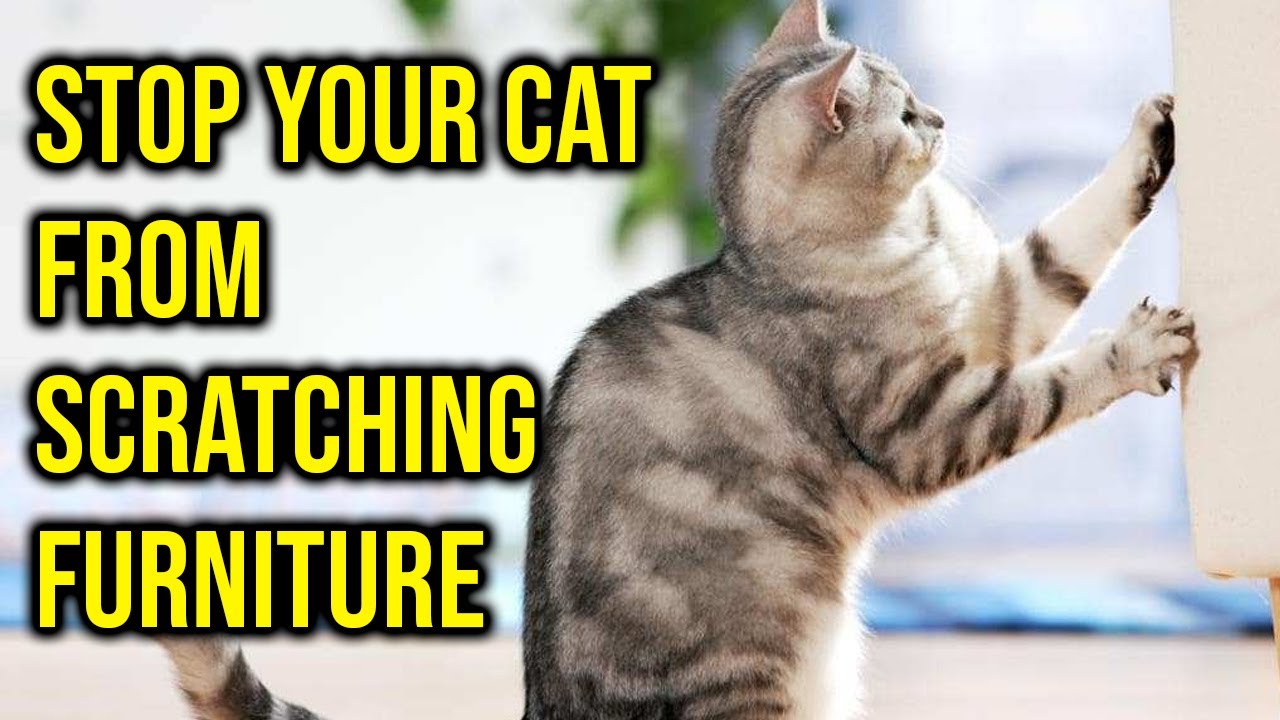Introduction
Bringing a new cat into your home is an exciting experience, but one of the first challenges you’ll face is litter box training. Fortunately, most cats instinctively know how to use a litter box—however, some may need guidance, especially kittens or rescued cats.
This comprehensive guide will walk you through the best methods to train your cat to use a litter box, troubleshoot common issues, and ensure long-term success. Whether you’re a first-time cat owner or dealing with a stubborn feline, these expert-backed strategies will help.
Why Litter Box Training is Important
A properly trained cat ensures:
- A clean and odor-free home
- Reduced stress for both pet and owner
- Prevention of unwanted accidents
Since cats are naturally clean animals, they prefer burying their waste. By providing a suitable litter box, you align with their instincts, making training easier.
Step 1: Choosing the Right Litter Box
Before training begins, select the best litter box for your cat’s needs.
Types of Litter Boxes
- Open Litter Boxes – Easy access, good for kittens and senior cats.
- Covered Litter Boxes – Provides privacy but may trap odors.
- Self-Cleaning Litter Boxes – Automated but expensive.
- Top-Entry Boxes – Reduces litter tracking but may deter some cats.
Size Matters
- The box should be 1.5 times the length of your cat.
- Kittens need low-entry boxes for easy access.
Placement Tips
- Quiet, low-traffic area (bathroom, laundry room).
- Away from food and water bowls.
- Multiple boxes for multi-cat households (one per cat + one extra).
Step 2: Selecting the Best Cat Litter
Cats can be picky about litter texture and scent. Experiment with:
Litter Types
- Clumping Clay – Most popular, easy to scoop.
- Non-Clumping – Budget-friendly but requires frequent changes.
- Silica Gel Crystals – Excellent odor control, low dust.
- Natural/Biodegradable (Pine, Corn, Wheat) – Eco-friendly but may not appeal to all cats.
Avoid:
- Strongly scented litters (can deter cats).
- Rough textures that may hurt paws.
Step 3: Introducing Your Cat to the Litter Box
For Kittens:
- Place them in the box after meals, naps, and play sessions (cats often need to go then).
- Gently scratch the litter with their paw to encourage digging.
- Praise and reward with treats when they use it correctly.
For Adult Cats:
- Confine them to a small area (like a bathroom) with the litter box until they consistently use it.
- Use positive reinforcement (treats, affection).
- Avoid punishment—it creates fear and worsens accidents.
Step 4: Reinforcing Good Habits
- Keep the box clean (scoop daily, deep clean weekly).
- Stick to a routine (feed at the same times to predict bathroom habits).
- Monitor for signs of avoidance (could indicate health issues).
Step 5: Troubleshooting Common Litter Box Problems
Problem: Cat Refuses to Use the Litter Box
Solutions:
- Try a different litter type.
- Move the box to a quieter location.
- Rule out medical issues (UTI, kidney problems).
Problem: Cat Kicks Litter Everywhere
Solutions:
- Use a litter mat.
- Switch to a top-entry or high-sided box.
Problem: Cat Eliminates Outside the Box
Solutions:
- Clean accidents with enzymatic cleaner (removes odors).
- Add an extra litter box in the problem area.
Advanced Tips for Stubborn Cats
- Use Cat Attract Litter (contains herbal scents to lure cats).
- Try a Larger or Different Style Box (some cats prefer uncovered).
- Consult a Vet if behavioral issues persist.
Final Thoughts
Training a cat to use a litter box is usually straightforward, but patience is key. By selecting the right box, maintaining cleanliness, and using positive reinforcement, most cats adapt quickly. If problems arise, reassess the setup and consult a vet if needed.
A well-trained cat means a happier home—so invest time in proper litter training for a stress-free experience!
FAQs
Q: How long does it take to train a cat to use a litter box?
A: Most kittens learn within a few weeks, while adult cats may adapt in days.
Q: Why is my cat suddenly avoiding the litter box?
A: Possible causes include medical issues, dirty litter, or stress.
Q: How often should I change the litter?
A: Scoop daily, replace clumping litter every 2-3 weeks, and non-clumping weekly.
By following this guide, you’ll set your cat up for litter box success while keeping your home fresh and clean. Happy training!






